
- Product

- Pricing
- Affiliate Program
- Use Cases
- Resource

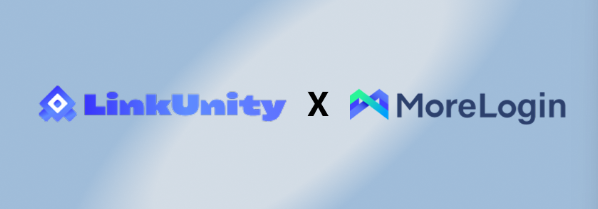
LinkedIn is currently the most effective B2B outreach platform, enabling precise targeting of decision-makers, generating sales leads, and fostering trusted relationships. However, platform restrictions on individual accounts, such as adding connections and sending messages, severely limit outreach.
More and more companies are adopting multi-account LinkedIn outreach. However, improper multi-account operation can easily trigger risk control measures, leading to account restrictions or even bans.
This article will explain how to use real, pre-trained accounts, along with a cloud phone and a dedicated network environment, to systematically mitigate the risk of account bans and steadily expand B2B marketing effectiveness.
Improper operation of Outreach on LinkedIn can easily trigger risk control mechanisms, leading to throttling or even account suspension. Specific manifestations include:
Frequent logins from multiple locations or significant IP address fluctuations, resulting in an account being identified as abnormal
Using the same browser environment for multiple accounts results in device fingerprints being linked
Adding a large number of connections or sending private messages upon registration is unnatural
Sending repetitive content in large numbers triggers warnings from the content recognition system
Excessive automated operations, failing to simulate a "normal user rhythm"
Using accounts with no real history and without pre-warming, and then directly conducting Outreach
Once an account is restricted, the entire LinkedIn Outreach process may be forced to cease. Failure to isolate multiple accounts and operate irregularly multiplies the risk of suspension, wasting all initial investment. The correct approach is to operate each account in an independent and secure environment.
To effectively outreach on LinkedIn without getting blocked, the key is to implement these three key points.
Accounts must be registered with real identities, preferably verified by email, mobile number, or even a passport. Accounts shouldn't be newly registered; they should be pre-registered accounts with a history of browsing, liking, and adding connections, making them more likely to pass the platform's trust mechanism.
Never log in to multiple accounts from the same browser or network environment. Provide each account with a unique fingerprint and an isolated environment to prevent the platform from identifying them as the same user.
Control the pace of outreach and gradually increase the frequency. Don't rush to add people or send group messages. Automated tools should adapt to human behavior, such as waiting one day after adding connections before sending private messages and diversifying the content, so the platform doesn't recognize automated operations.
So how can we use the right tools to achieve these results?
To scale outreach on LinkedIn using multiple accounts, you need not only reliable accounts but also a secure and stable operating environment. The combination of LinkUnity and Morelogin is a highly mature solution in the industry.
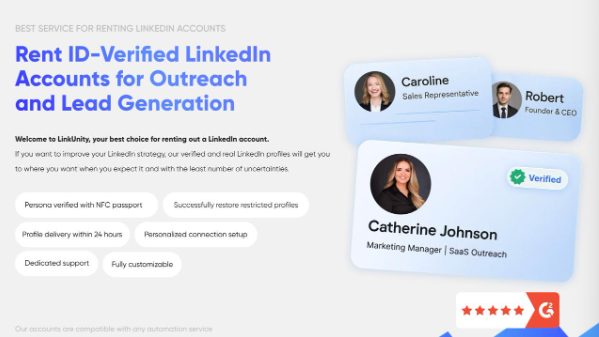
Each account is registered using real passport information (via NFC scanning), ensuring high security and credibility, making it difficult for platforms to identify it as a fake account.
All accounts are pre-trained before delivery, including browsing content, adding connections, interacting, simulating normal user behavior, and making the account feel more like a real person.
Delivery is as fast as 24 hours, eliminating the need to register or maintain an account yourself, saving significant time.
Customization by industry, region, language, and more ensures that the account background matches the target market.
It can be used directly for automation and can be used with tools such as Morelogin immediately after delivery.
If an account is restricted, LinkUnity's risk management team will assist in unblocking or quickly replacing it, minimizing the risk of interruption.
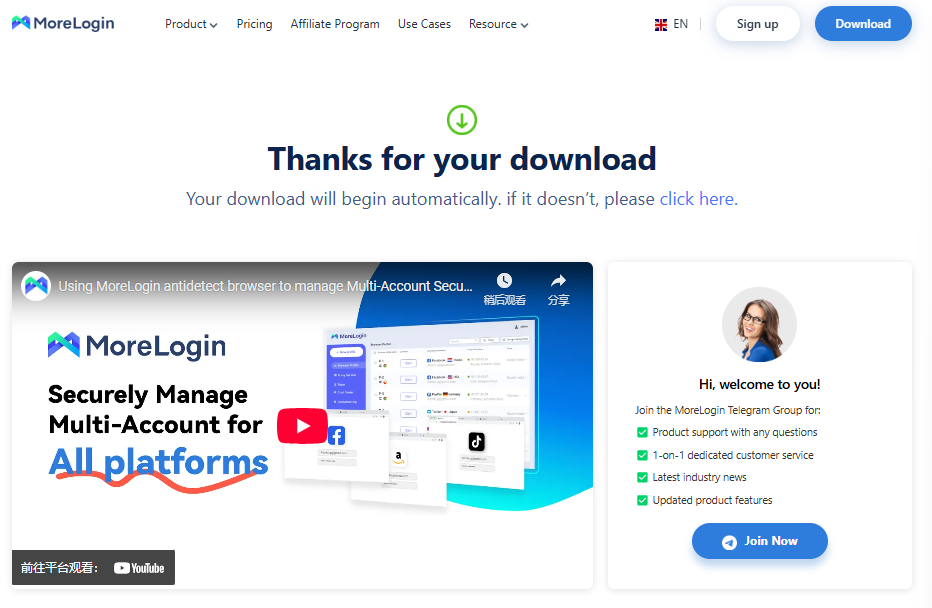
Having an account isn't enough; environmental isolation is equally crucial. Morelogin creates an independent, secure, and unlinkable runtime environment for each LinkedIn account:
Each account runs in a separate virtual browser, with its own unique device fingerprint, cookies, local storage, User-Agent, and time zone information. LinkedIn won't detect multiple accounts as belonging to the same person.
You can bind each account to a different, high-quality proxy IP address to simulate normal user behavior from different cities or countries.
You can batch import accounts provided by LinkUnity and launch multi-threaded operations with one click, significantly improving efficiency.
The synchronizer supports both main window operations and sub-window synchronization. It also supports the simultaneous input of multiple text messages, significantly improving your efficiency.
1. Obtain high-quality account resources from LinkUnity (fill in relevant information)
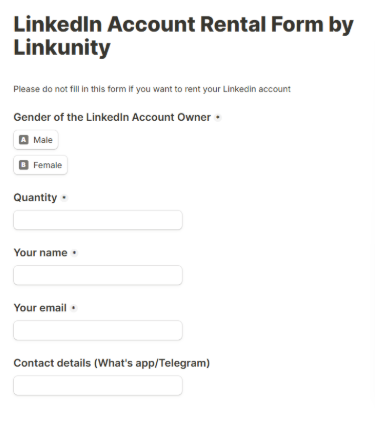
2. Download Morelogin and create new Cloud Phone profiles in Morelogin, one for each account.
Assign a dedicated proxy IP to each profile (recommended: a residential or high-quality static proxy).
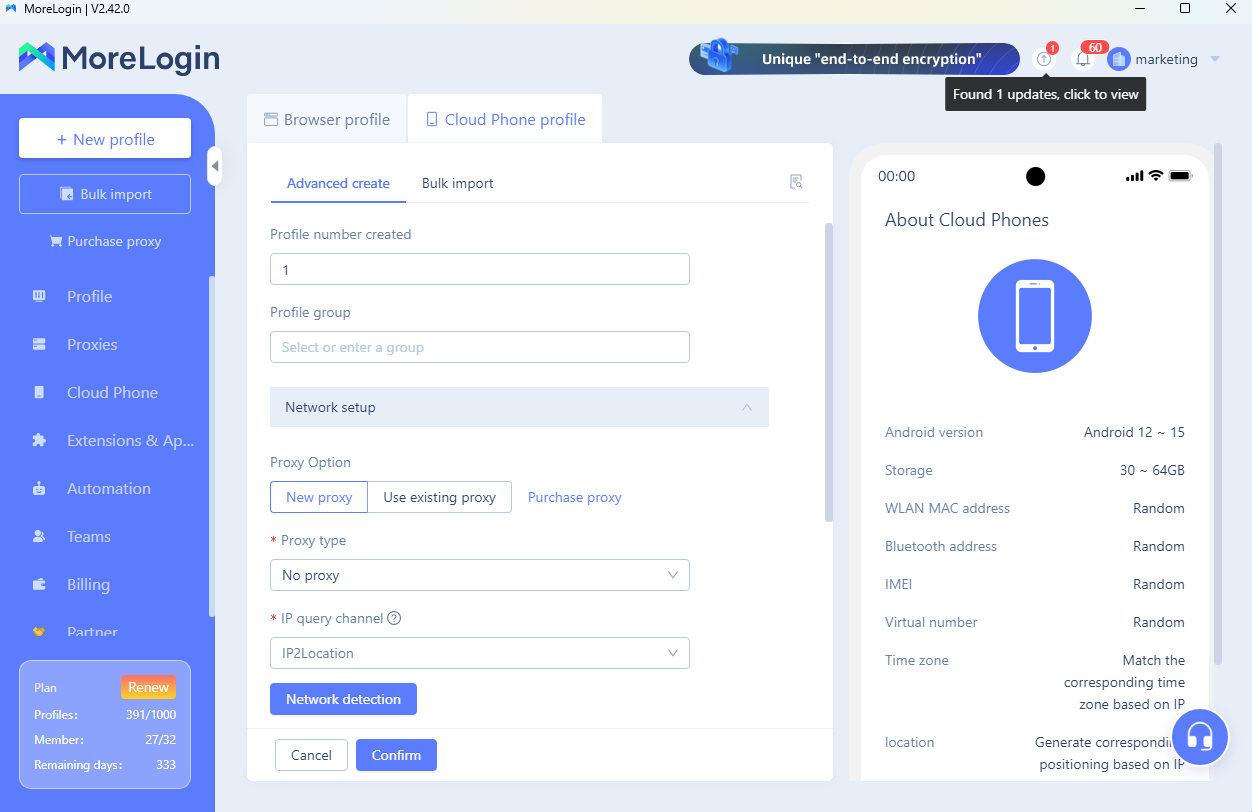
3. Start the profile, log in to the corresponding configuration using the account provided by LinkUnity, and save the environment.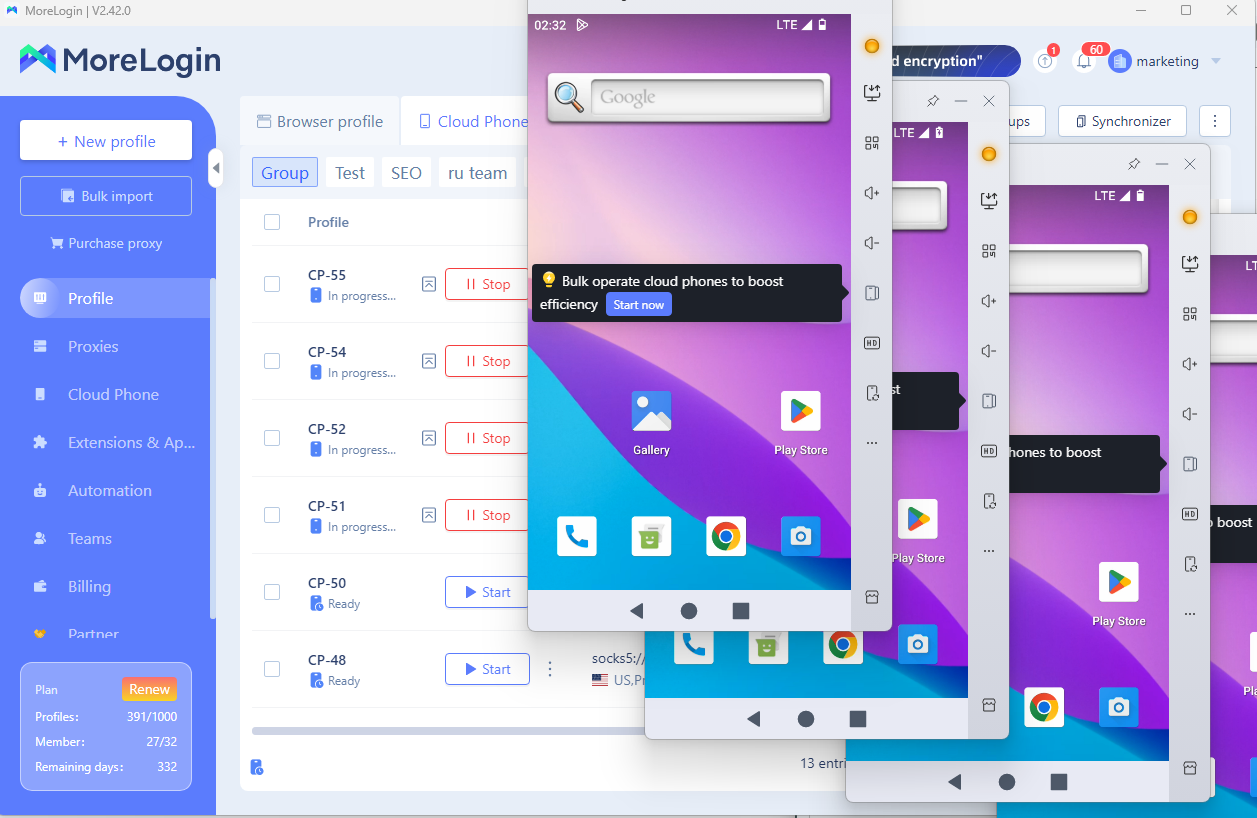
4. Initially, conduct a manual warm-up to simulate real-world user behavior.
Day 1: Browse a few pieces of content and check some company profiles.
Days 2-3: Add 5-10 connections (optionally second-level connections in the target industry).
Days 4-5: Like and comment on a few posts, gradually establishing a regular interaction model.
After Day 5: Start light automation, such as sending the first round of private messages.
Avoid sending large messages or adding too many connections immediately, as this can easily trigger risk control measures.
To achieve scaled customer acquisition and break through the limitations of a single account for B2B outreach on LinkedIn, operating multiple accounts is essential. LinkUnity offers real, pre-installed, and customizable accounts, complemented by Morelogin's cloud phone service.
This allows you to automate LinkedIn Outreach while mitigating risk controls. Quickly deploy hundreds of independent accounts, maintaining human-like operation to ensure long-term stable operation.
Resource: